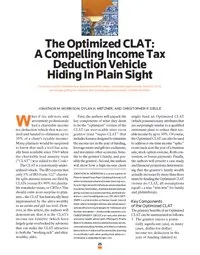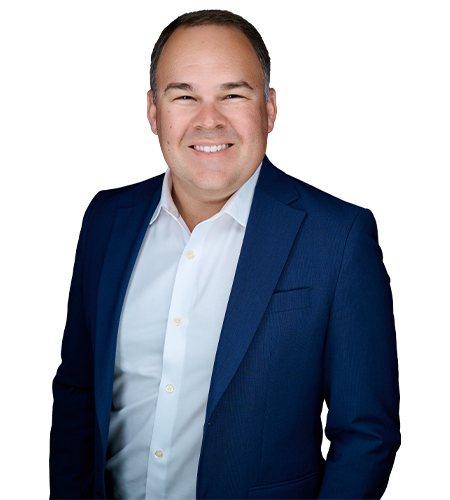Millennials are aggregating more wealth than ever and adopting a peer-reviewed approach known to outperform nearly all other traditional investment vehicles, according to a recent Forbes article by Frazer Ryan senior partner Jonathon Morrison.
Jonathon’s article, “This Strategy Helps Rich Millennials Lower Taxes, Give Back And Build Next-Gen Wealth,” was published in Forbes‘ November 16, 2022, online edition.
It describes how philanthropic and impact-investment-driven Millennials with high incomes are increasingly turning to a strategy known as the optimized charitable lead annuity trust or OCLAT, a special version of a charitable lead annuity trust that optimizes the tax and economic benefits to the contributor.
By opening an OCLAT investment account and shifting assets to it equal to their desired tax deduction, Millennials create both a triple tax-advantaged retirement account that can grow exponentially over time and a giving-engine that donates increasingly more to charity, usually over 20-30 years. This tax deduction strategy, perhaps most famously associated with Jackie Onassis (see related article by Jonathon Morrison), is IRS-approved and has many benefits that make it attractive to high-earning Millennials, including a high-funding limit (30% of annual income) and charitable giving, retirement savings and generational wealth transfer components. Specifically:
- The individual funding the OCLAT receives a tax deduction equal to the amount contributed to the OCLAT that year, which provides immediate tax savings.
- The OCLAT assets are exempt from the funder’s personal creditors, lawsuits and bankruptcy.
- The individual selects an initial charitable period and invests the OCLAT funds while making required donations of a portion of the OCLAT assets to charities they select (such as an alma mater, a child’s school or a church).
- At the end of the 30-year term (near retirement age), the funder can typically expect to receive back two to five times the initial contribution to the OCLAT, which may be transferred back to them (without any income taxes) and/or they can give the assets to their children or other heirs (without any income taxes or the 40% federal gift/inheritance tax).
“About a quarter of my OCLAT clients are high-income Millennials that understand the importance of playing the long game with their finances,” said Jonathon Morrison. “For example, one client in the top tax bracket sold his business in 2022 and decided to shift $1 million of stock into an OCLAT account, which resulted in a $1 million income tax deduction and will save him roughly $500,000 in taxes on his 2022 tax return. Over the 30-year charitable term, his $1 million is invested on his own platform inside the OCLAT, and he is required to make donations to his favorite charities totaling approximately $2.4 million. This simultaneously propels his philanthropic legacy while also compounding his investments. This client was thrilled to learn at year 30, he will also have about $5 million remaining inside the OCLAT account, assuming a 7.5% annual rate of return. This amount may be transferred back to him or his family income tax-free and free of any gift or estate tax.”
In addition to funding an OCLAT to reduce the tax burden on annual income, many wealthy Millennials are also using the OCLAT to offset taxes due on a conversion of their traditional IRAs or 401(k)s to a Roth IRA while values are depressed. This is a powerful transaction since Roth IRA withdrawals are tax-free in retirement.
The OCLAT needs to be funded by December 31 to enjoy a 2022 income tax deduction.

SEE ALSO: “The Optimized CLAT,” co-authored by Jonathon Morrison, is peer-reviewed and was the cover article in the September 2020 issue of Estate Planning, widely viewed as the most esteemed professional journal in the tax and estate planning world.

